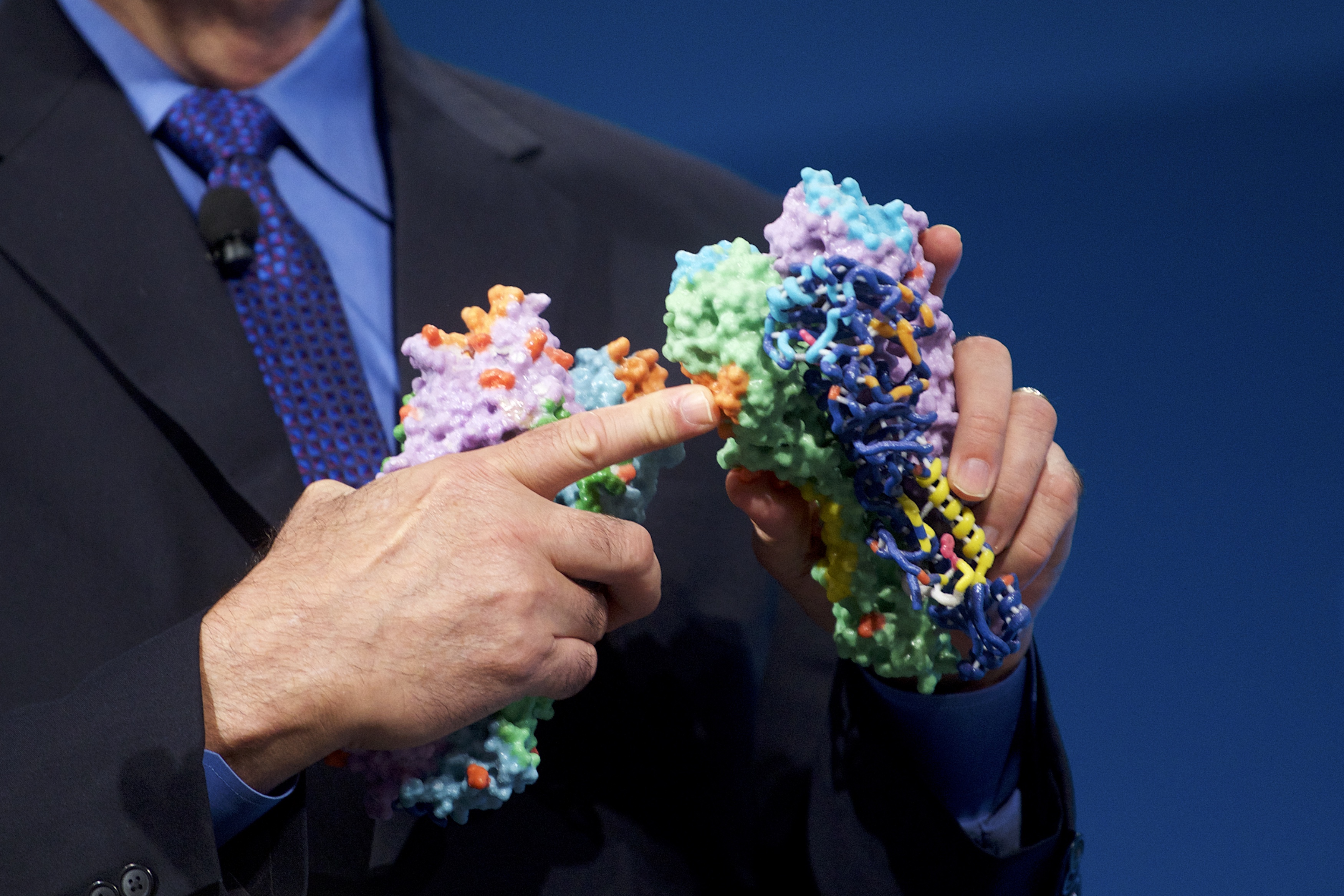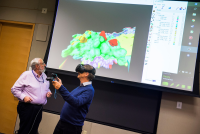The NIH Library Bioinformatics Support Program
Provides researchers with powerful tools to analyze and understand the biological significance of a variety of data
NIAID Bioinformatics and Computational Biology Branch
Supports the NIAID research mission by leveraging the latest computational technologies to accelerate discovery and remain at the forefront of today's rapid scientific pace
National Centers for Biomedical Computing
Part of the U.S. National Institutes of Health plan to develop and implement the core of a universal computing infrastructure that is urgently needed to speed progress in biomedical research
NIAID Microbiome Program
A microbiome sequencing facility with bioinformatics support and a gnotobiotic mouse facility
DataScience@NIH
Harnessing the potential of the computational and quantitative sciences to elevate the impact and efficiency of biomedical research
NIAID VRC Structural Bioinformatics Core Section (SBIS)
Seeks to apply the tools of computational biology and structural bioinformatics to the design of an effective HIV-1 vaccine
NIH Human Microbiome Project
The Data Analysis and Coordination Center (DACC) for the National Institutes of Health (NIH) Common Fund supported Human Microbiome Project (HMP). This site is the central repository for all HMP data.
NHLBI: The Laboratory of Computational Biology
An interdisciplinary group of scientists who study biological processes via computer simulation. Part of the Biochemistry and Biophysics Center Division of Intramural Research National Heart, Lung, and Blood Institute in the National Institutes of Health.
NIAID Bioinformatics Resource Centers
The BRC program collects, archives, updates, and integrates a variety of research data and provides information through user friendly interfaces and computational analysis tools which are made freely available to the scientific community.
The Bioinformatics and Computational Biology Core facility at NHLBI
The Bioinformatics and Computational Biology Core facility at the NHLBI



